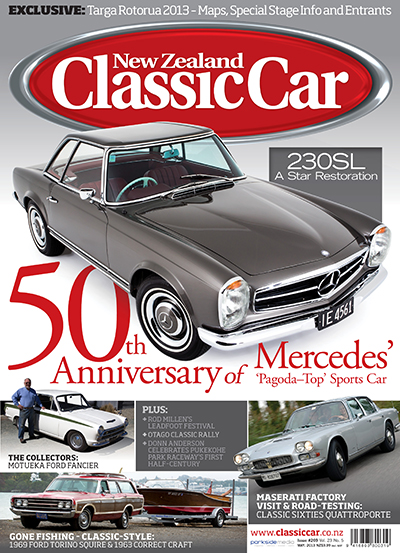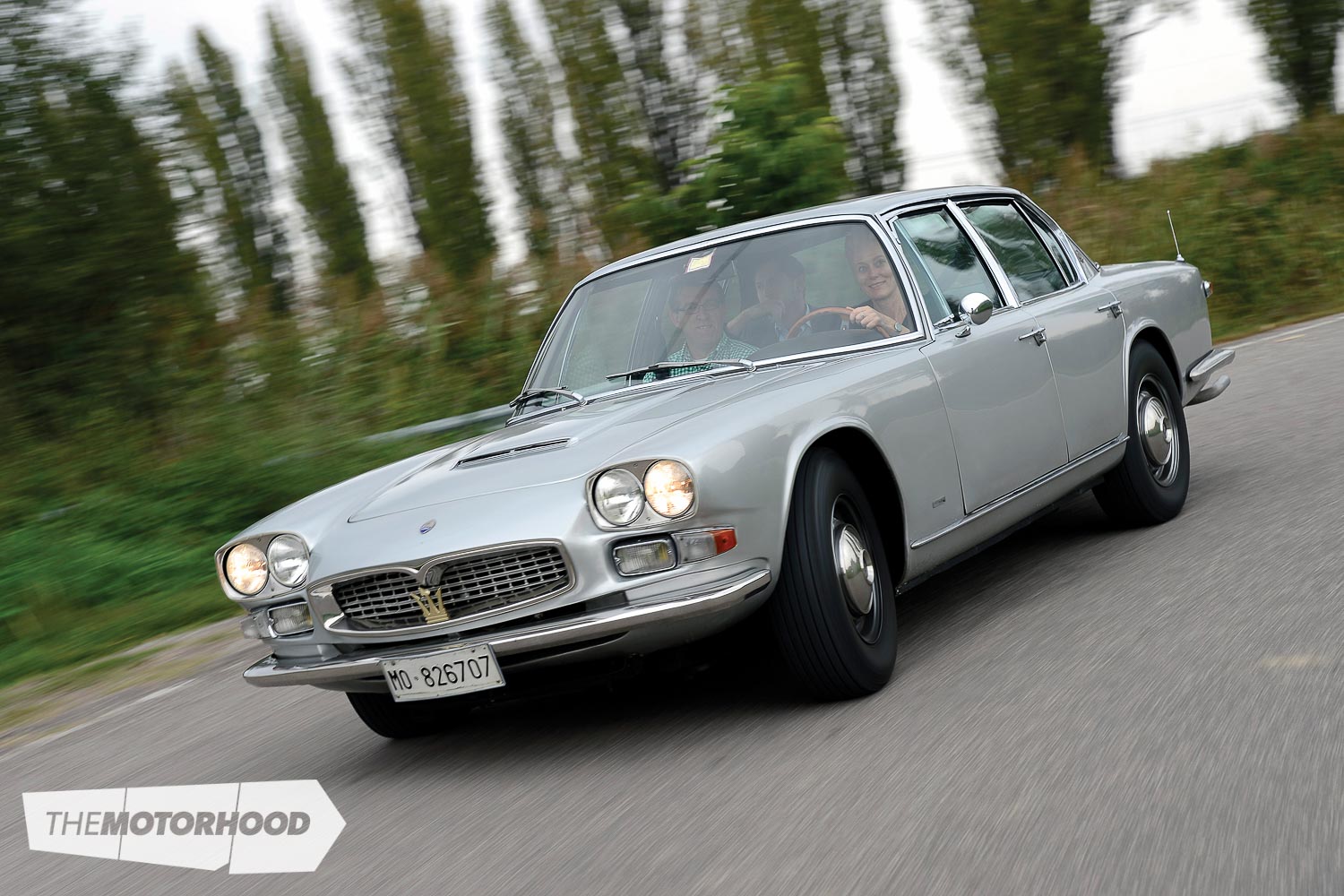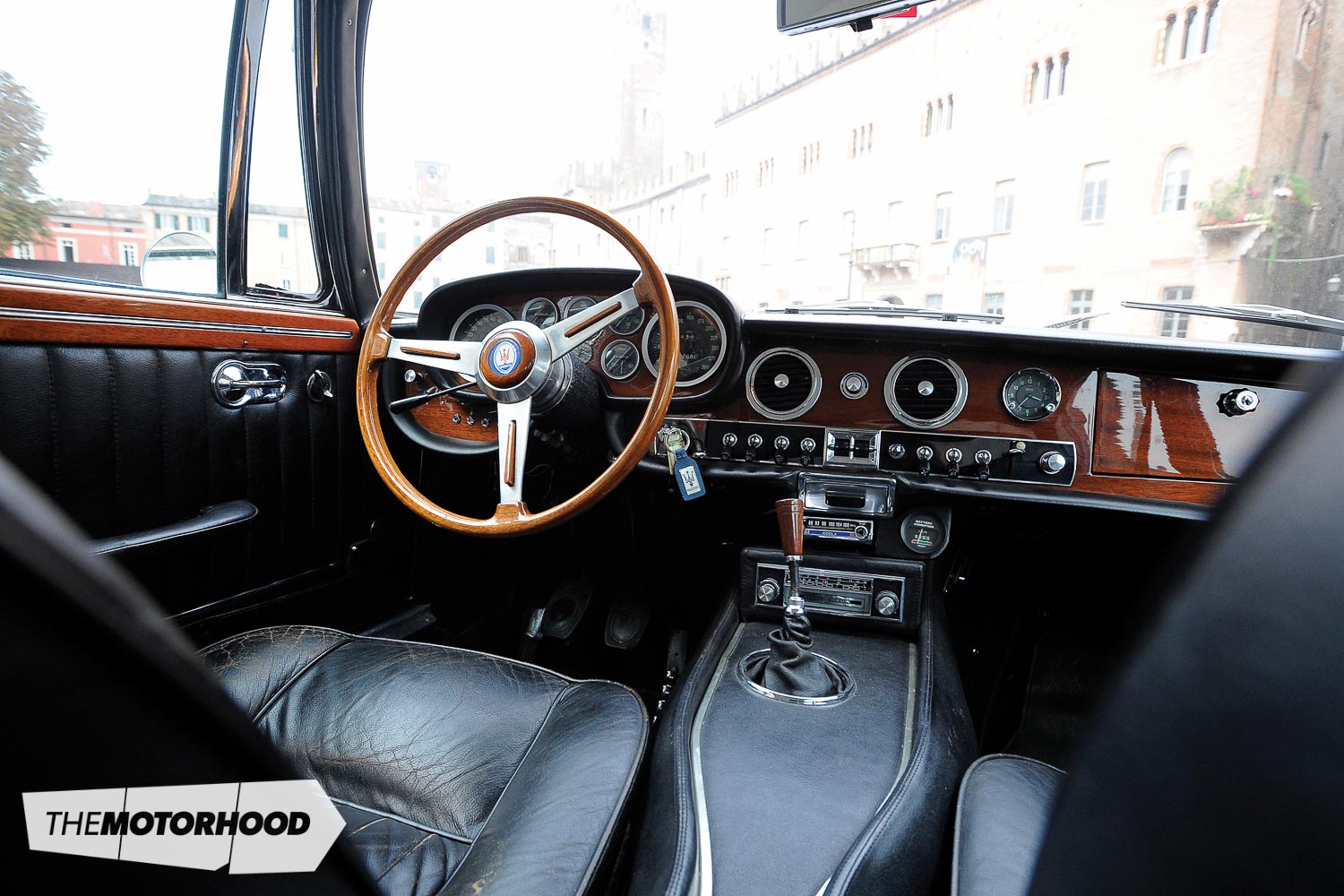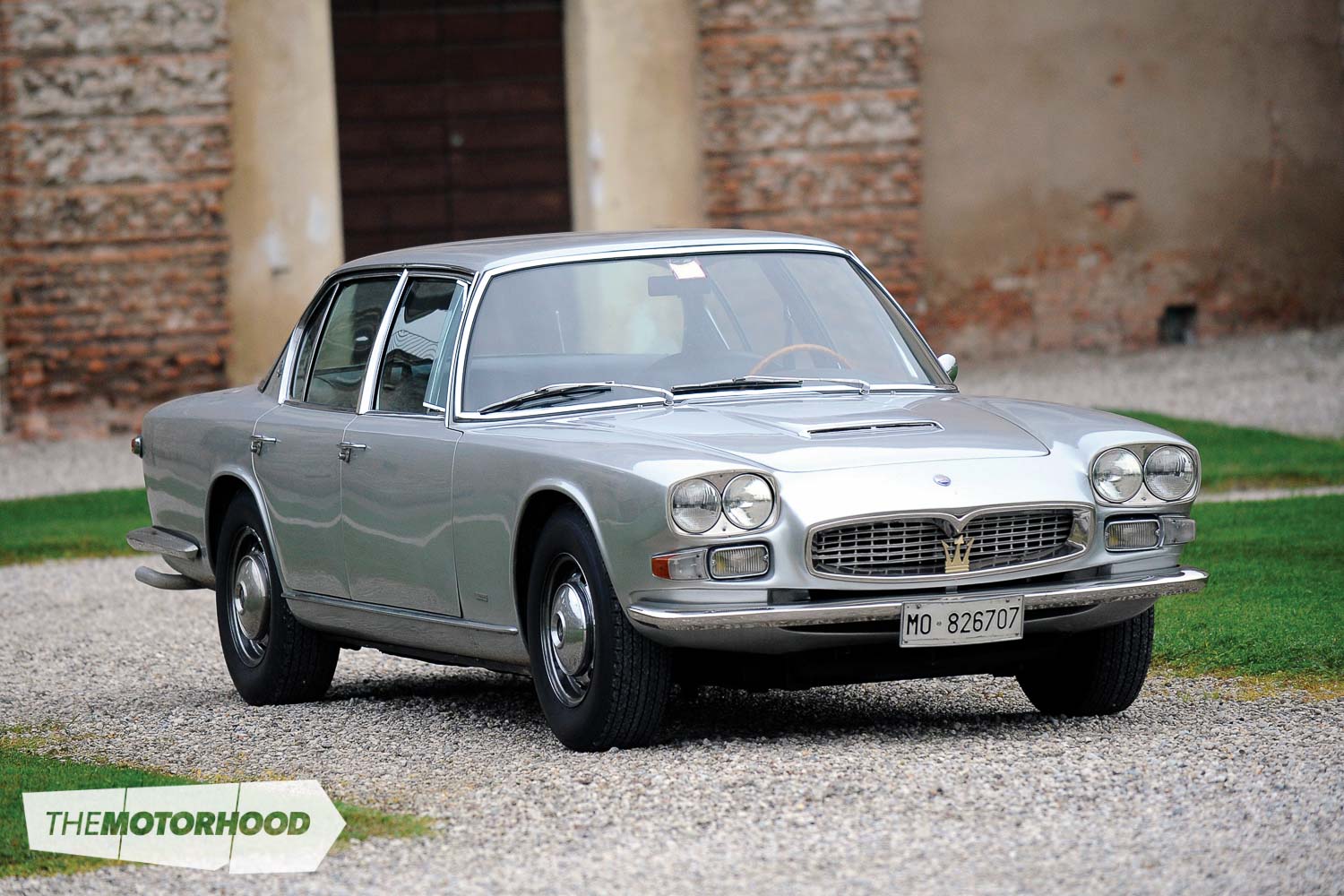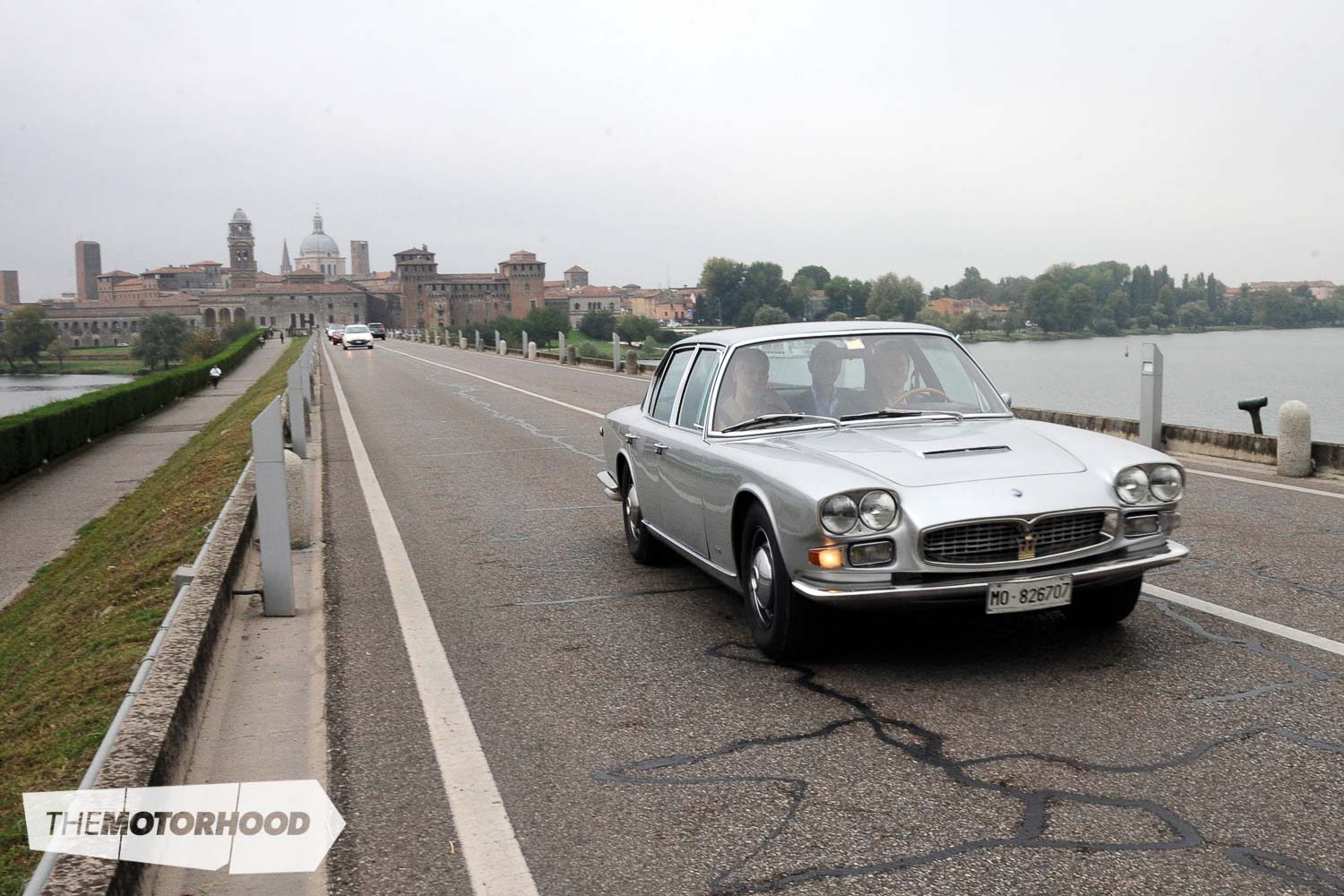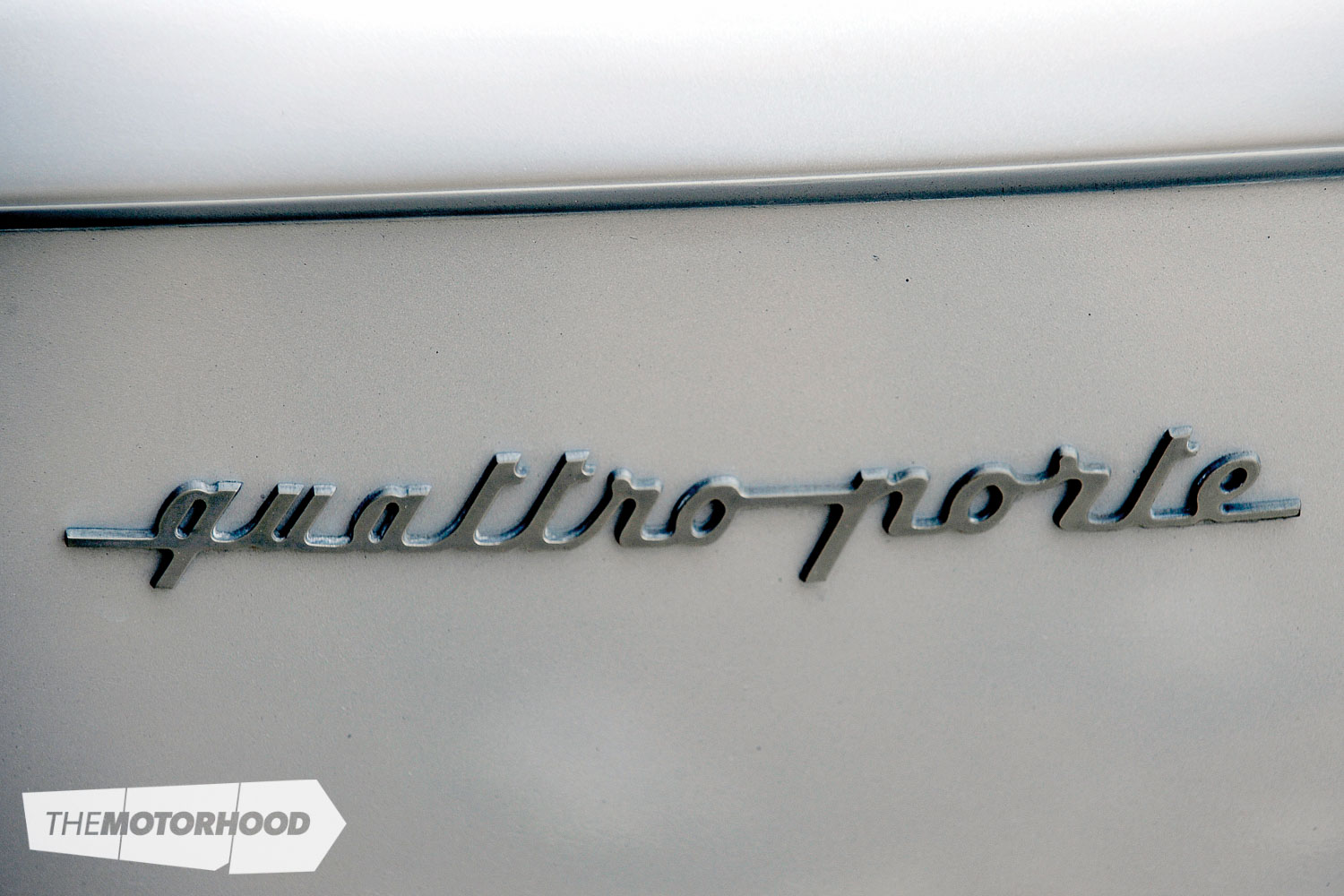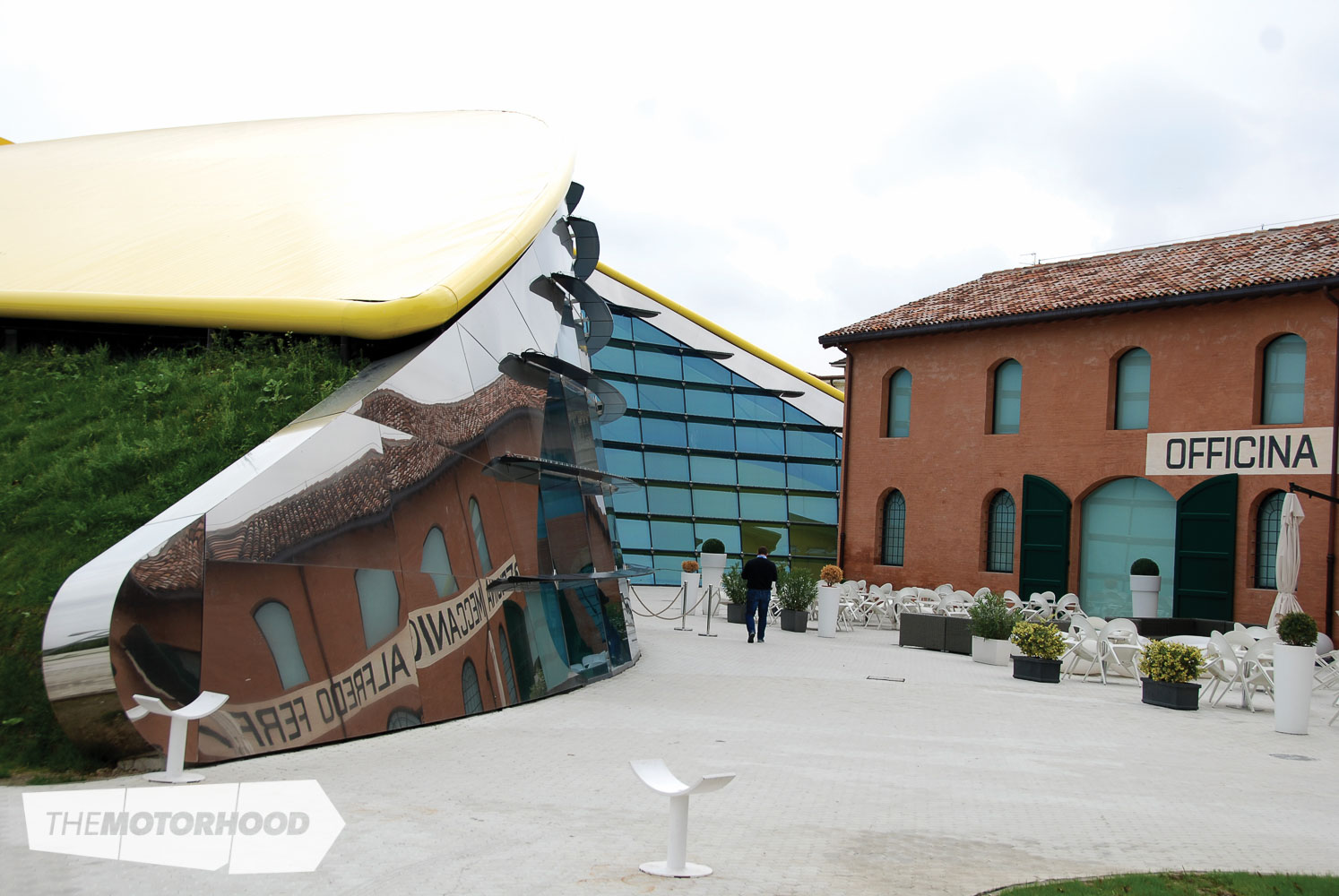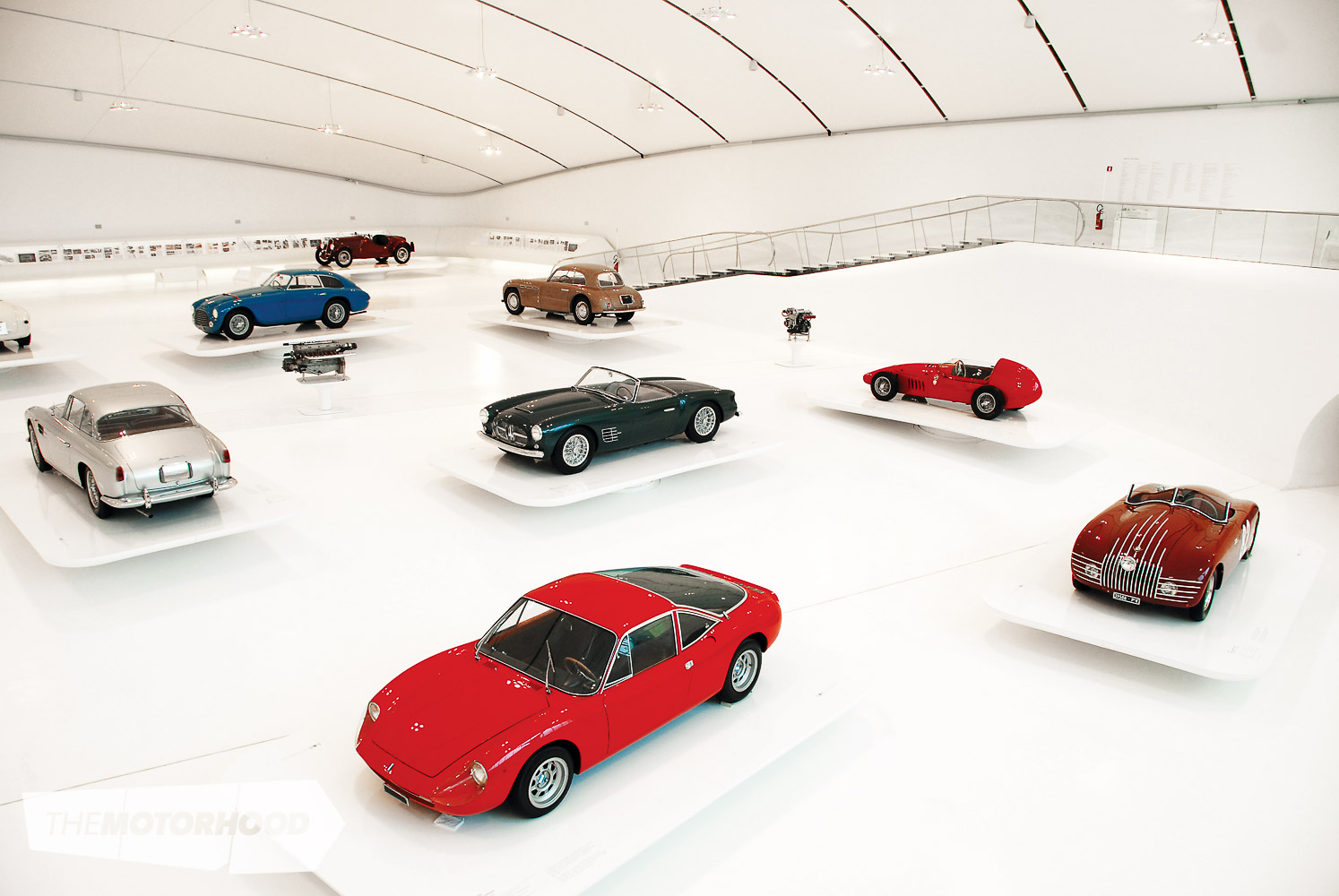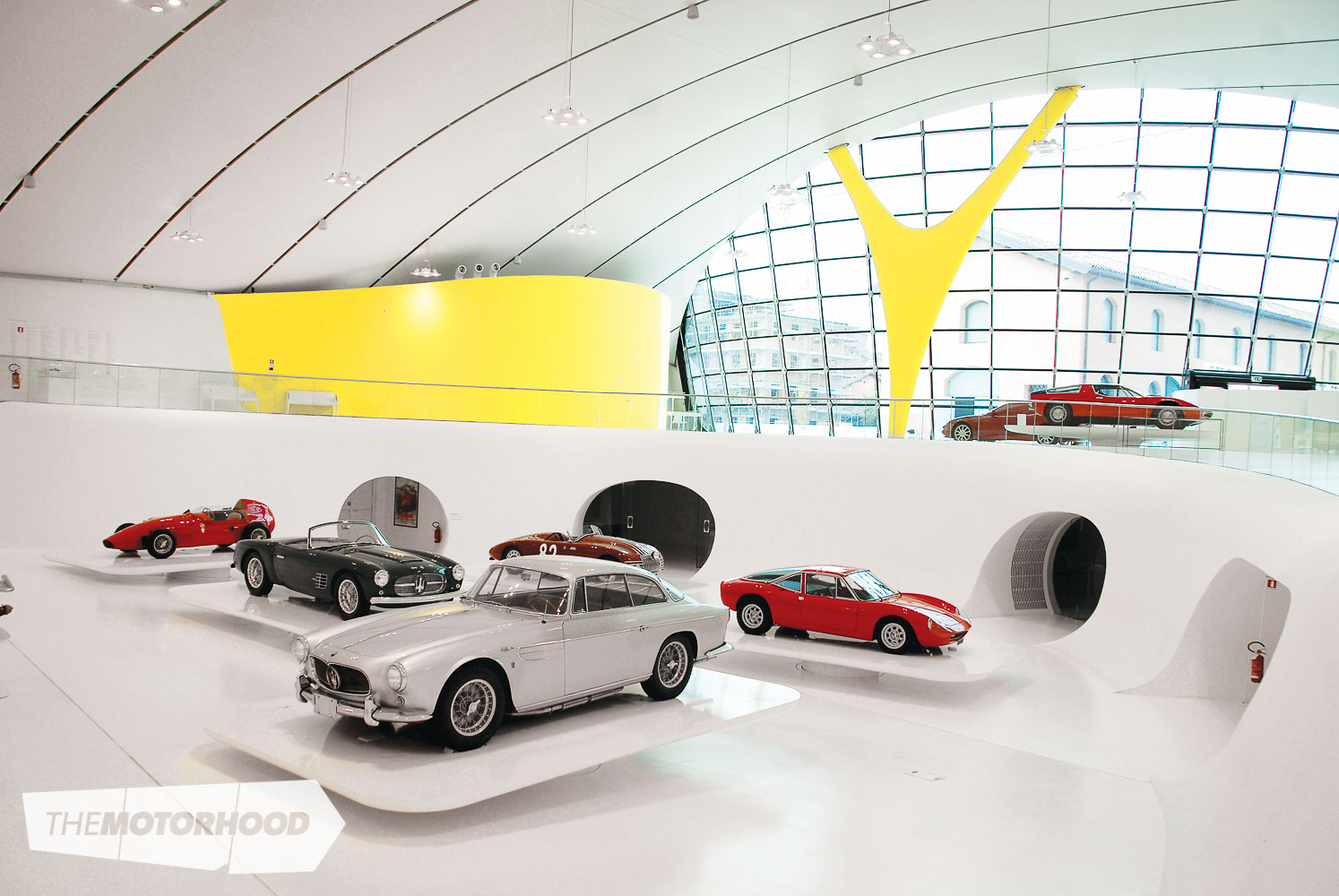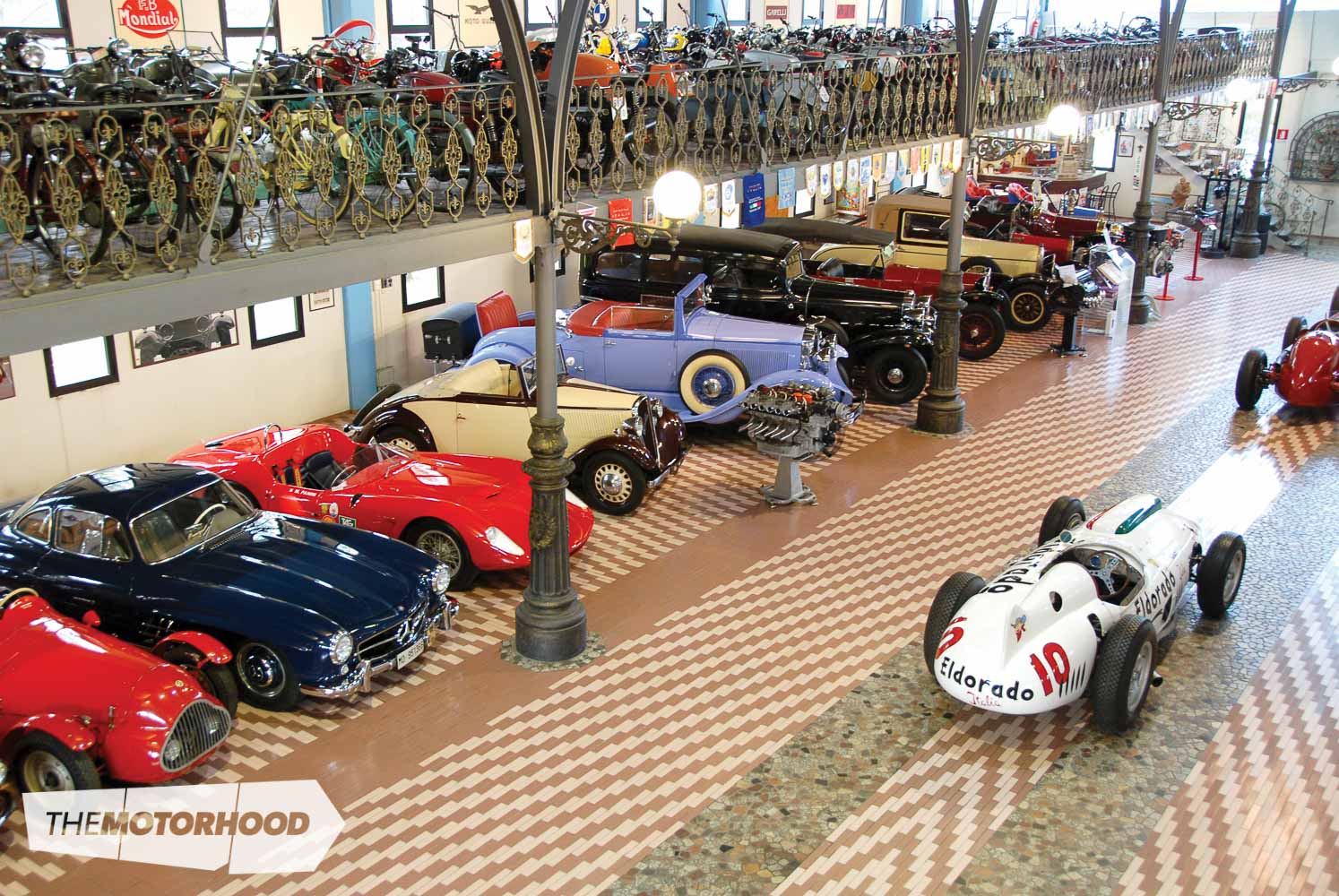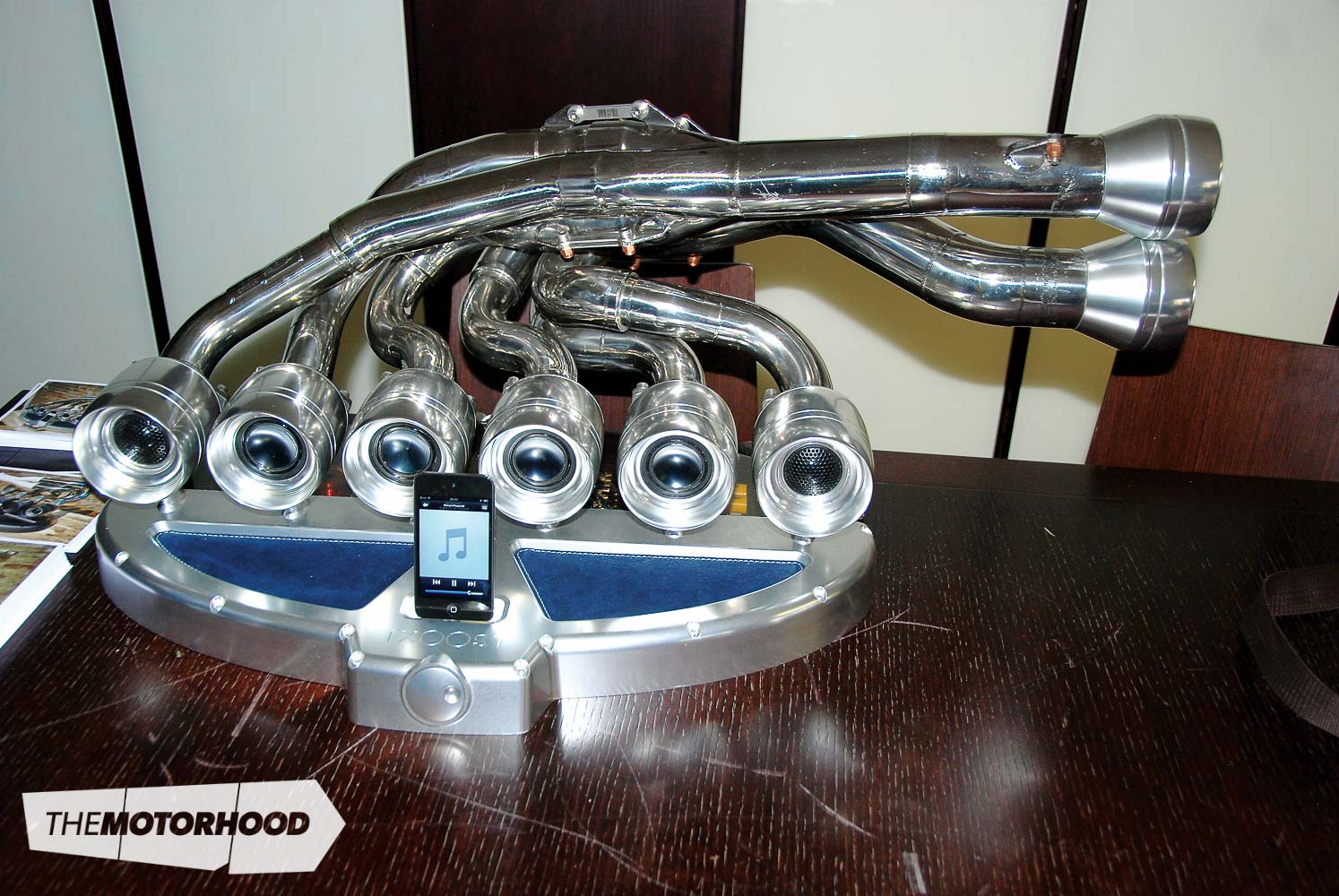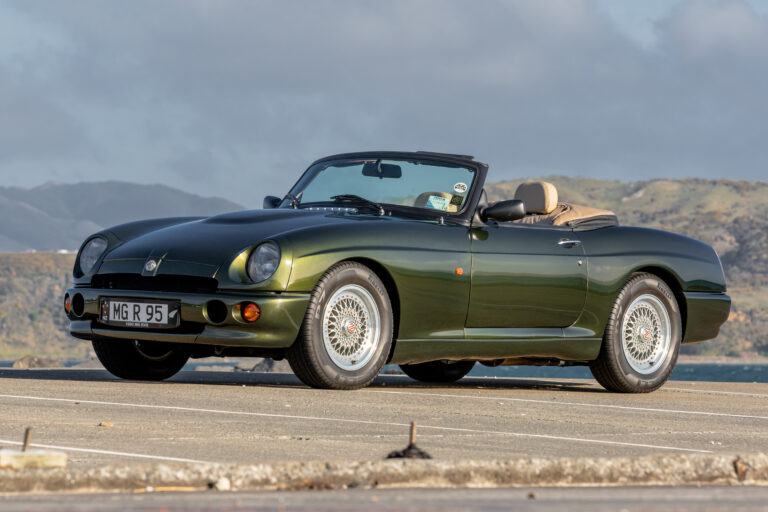data-animation-override>
“Jacqui travels to Italy to take in the sights, visit a few auto museums and, of course, to drive a handful of classic Maseratis”
For a classic car nut, there is quite literally nothing like driving a car built in the decade of your birth and in the country of its birth – unless that’s driving four of them, alongside their owners while based in a medieval city floating amid lakes reflecting autumn mists.
So, talk about right place, right time – I was visiting family in the UK as Maserati launched its version of Ferrari’s Classiche programme, and a select few classic car writers would sample some Maser classics – a 1968 Quattroporte, 1961 3500 GT Vignale Spider, 1967 Mistral and a 1969 Ghibli. Would I like to join them, and visit the Ferrari museum, the Panini Museum and the Maserati factory while there?
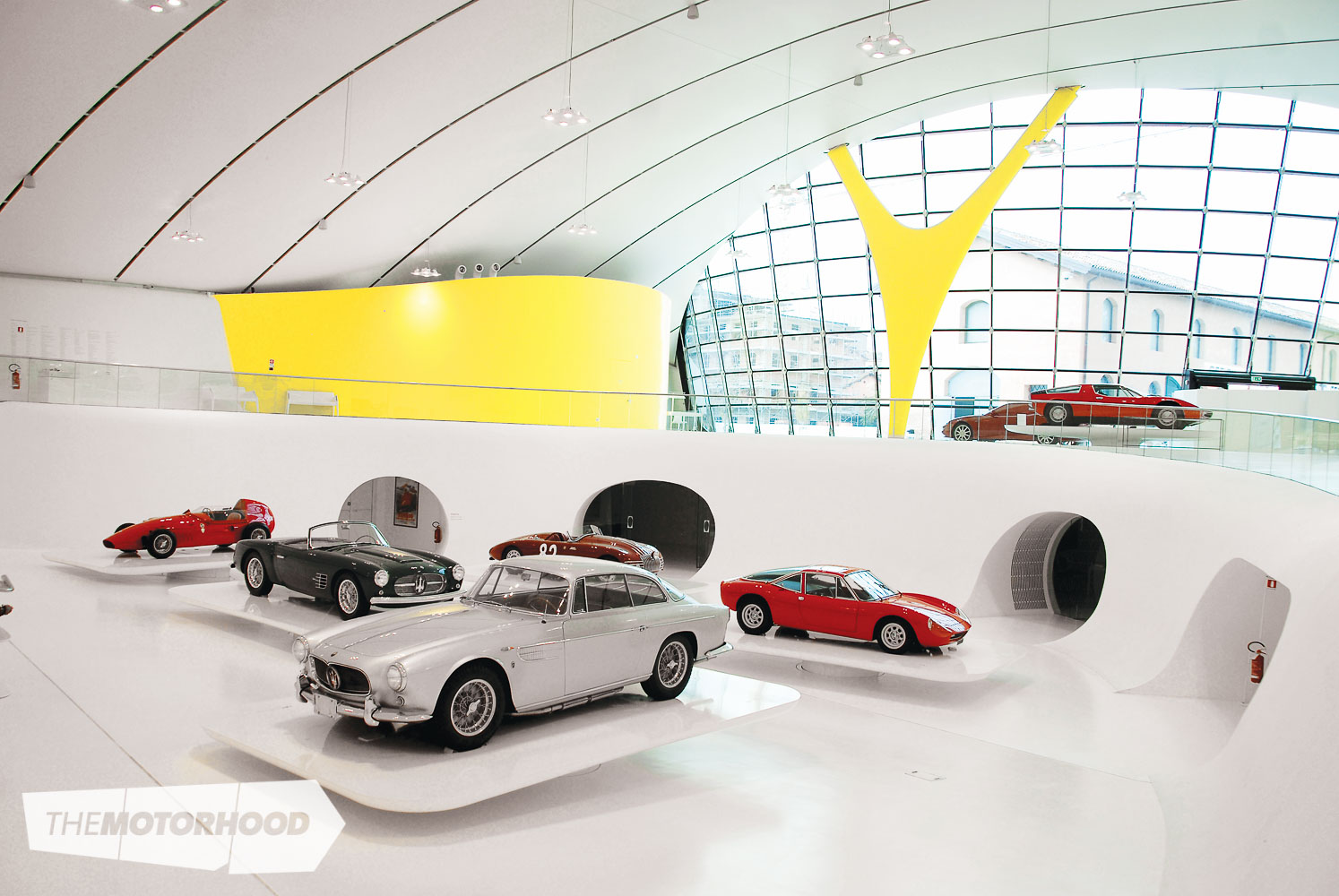
Well, what would you have said? Which is why I ended up wrestling with rental car forms at Bologna’s depressing airport at midnight, as swarthy cleaners mopped tiled floors fringing the shutters of closed tourist-tat emporia.
Having booked a Mito-sized car I found a much scratched and dented 159 packed tightly into the airport car park, but the terminal had closed for the night when I tried to change it; so I negotiated this much bigger car through a network of empty motorways lit by the sulphurous glow of intermittent streetlights and stippled with unexpected toll booths to my Modena hotel, just down the road from Maserati heaven.
Ferrari museum
I wasted precious time next morning trapped in Modena’s one-way system and often in sight of the three-pronged Trident adorning the factory’s front wall before making like an Italian, and charging across the oncoming traffic to nudge the security barrier, then pretend I couldn’t understand the guard’s refusal to allow me to park for long enough that he relented.
Reception is notable for the giant concrete ellipse finely balanced within it, and able to take the weight of a car – it must have given the receptionist a few thoughtful moments during 2012’s 5.8-magnitude earthquake. But my target was the Ferrari museum that opened last year, just walking distance away.

Built so its undulating glass front wall reflects the red brick of Enzo Ferrari’s first home, and with a yellow roof shaped to resemble a louvred bonnet, it’s well worth a visit. Enzo’s home and his father’s factory have been refitted imaginatively though most of the information comes via a series of photo and film displays, while earphones, in theory, pick up your location and transmit the relevant information. In practice, it worked only spottily, so we escaped to the main building and its collection of rare cars, dotted amid a pristine white space on white plinths — automotive sculptures.
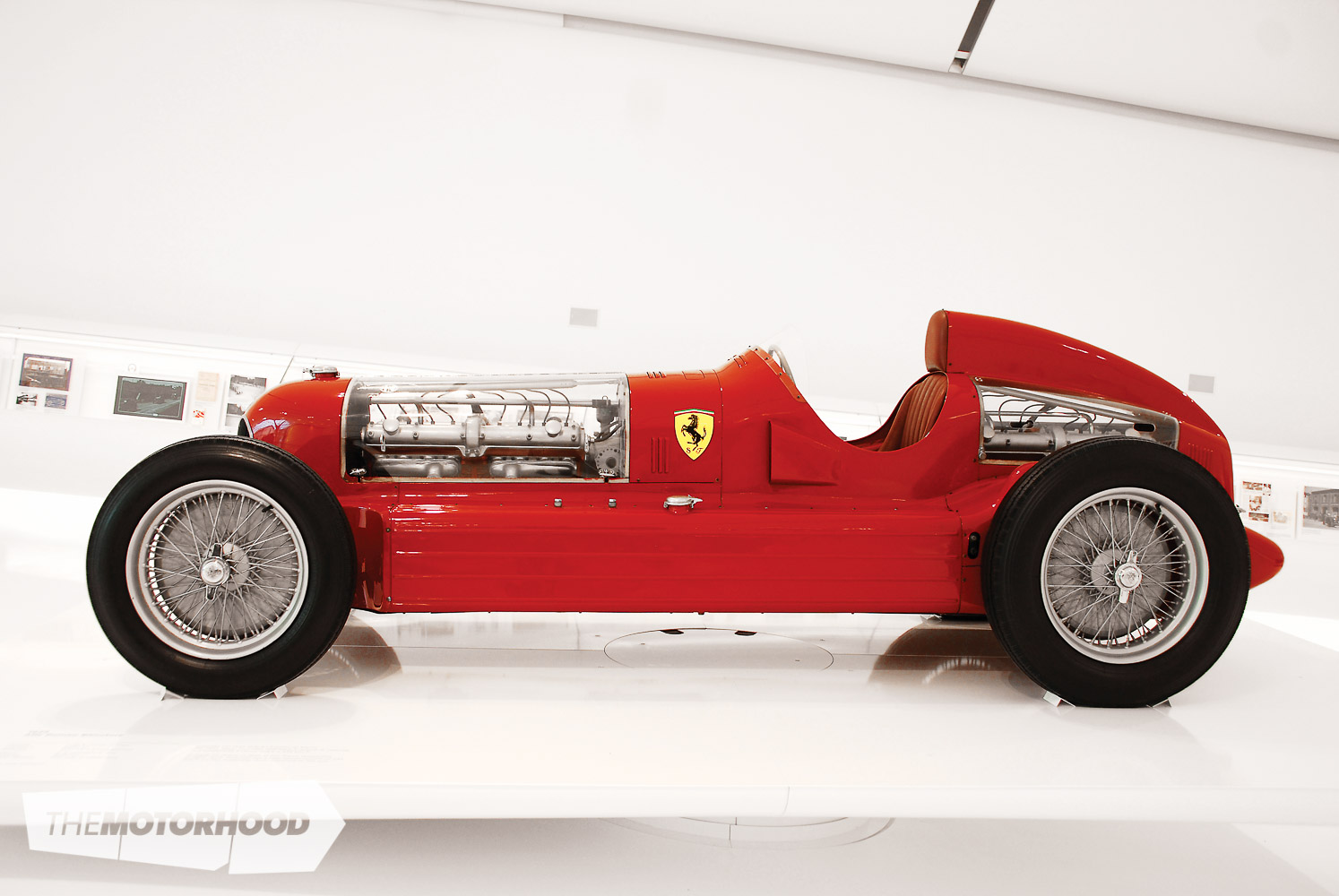
There are some rarities here, including the ex–Scuderia Ferrari Alfa Romeo Bimotore with an engine both front and rear which, not surprisingly, didn’t handle well enough to be campaigned more than once; and my favourites were … well, I could go on for some time, certainly, my notes were extensive. Would I like lunch? No time — a quick coffee and a UK Car journo and I set out in convoy for the Panini Museum.
Maserati heaven
At least that was the plan – parked in the same premises we couldn’t access the same gates and soon the one-way system struck again; we met again outside our destination where he’d assumed the farm gate meant an incorrect address. But no, this long drive fringed with rough grazing paddocks was our entry to Maserati heaven.
Umberto Panini made his money with those collectible cards so loved of small boys and sold the business just as Maserati, during one of its ownership transitions, decided to disperse its in-house car collection. Someone had a word in the petrolhead’s ear and the result is this collection, housed a tad haphazardly in a shed on the Bio Hombre farm best known for its organic parmesan cheese.
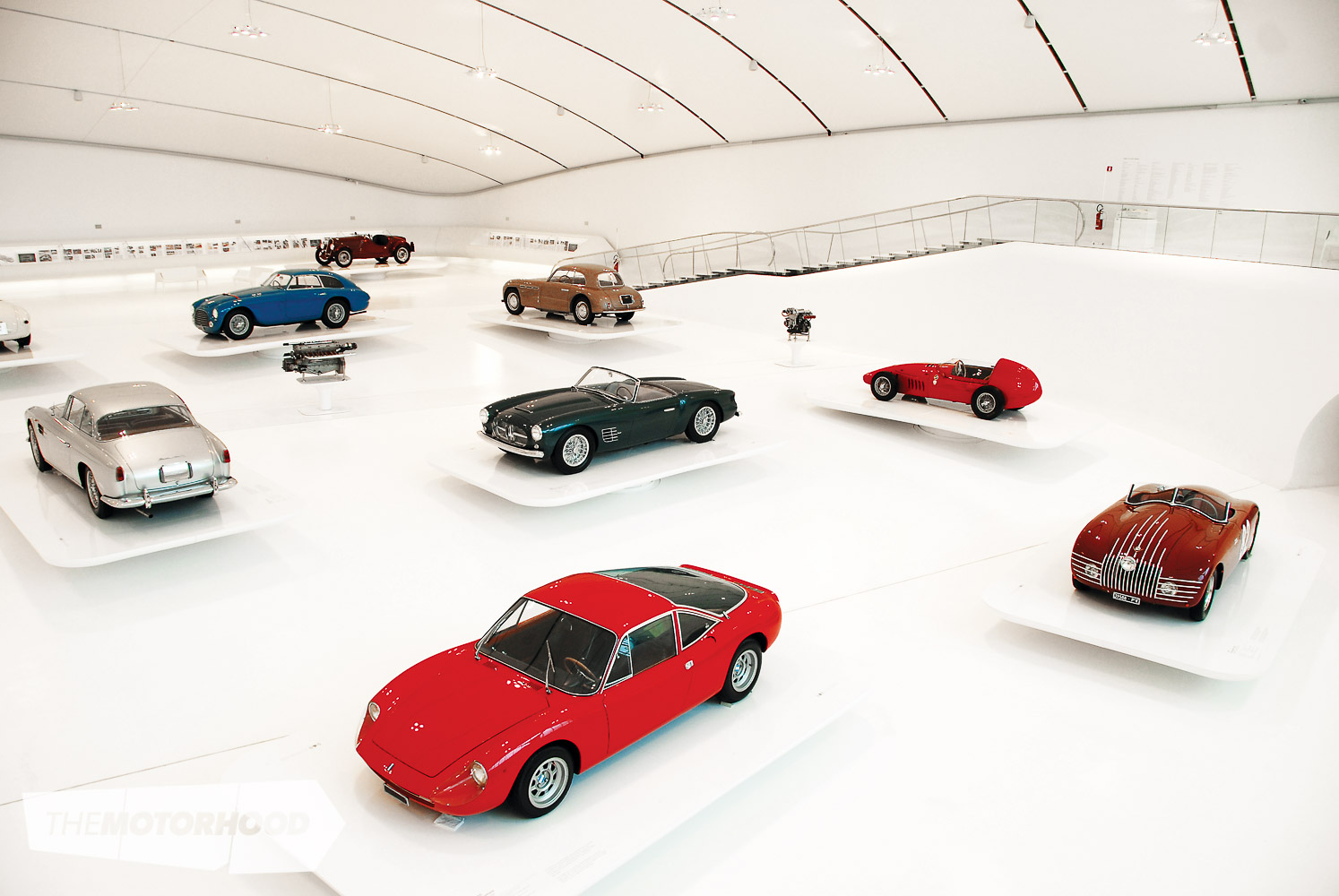
The unique cars within are parked cheek by jowl – regular readers will remember the photos from my last visit – while an equally haphazard collection of old petrol pumps, vintage tractors, and ancient slot machines are lined up outside, opposite a row of feeding dairy cows. Bizarre, wonderful, well worth a visit – and don’t forget to buy some cheese, pricey but worth it.
Our escape was briefly barred by Car – a dog quickly called off by Matteo Panini, Umberto’s son, who decided waiting for the cheese to mature was boring so he also designs high-end iPod sound systems using vehicle manifolds, playing us Schumacher’s F1 Ferrari at full noise to underline how good his audio sculptures are. Also pricey, but once you’ve seen how much the Ferrari store charges for car bits mounted as artwork, you’ll understand how he gets away with it.
Next stop Mantua, the ancient city protected by lakes dug in the 12th century to repel invaders. Here the satnav again let me down, depositing me at our parking garage (Mantua’s historic heart is barred to casual traffic) just in time to check in to our boutique hotel before the press event started.
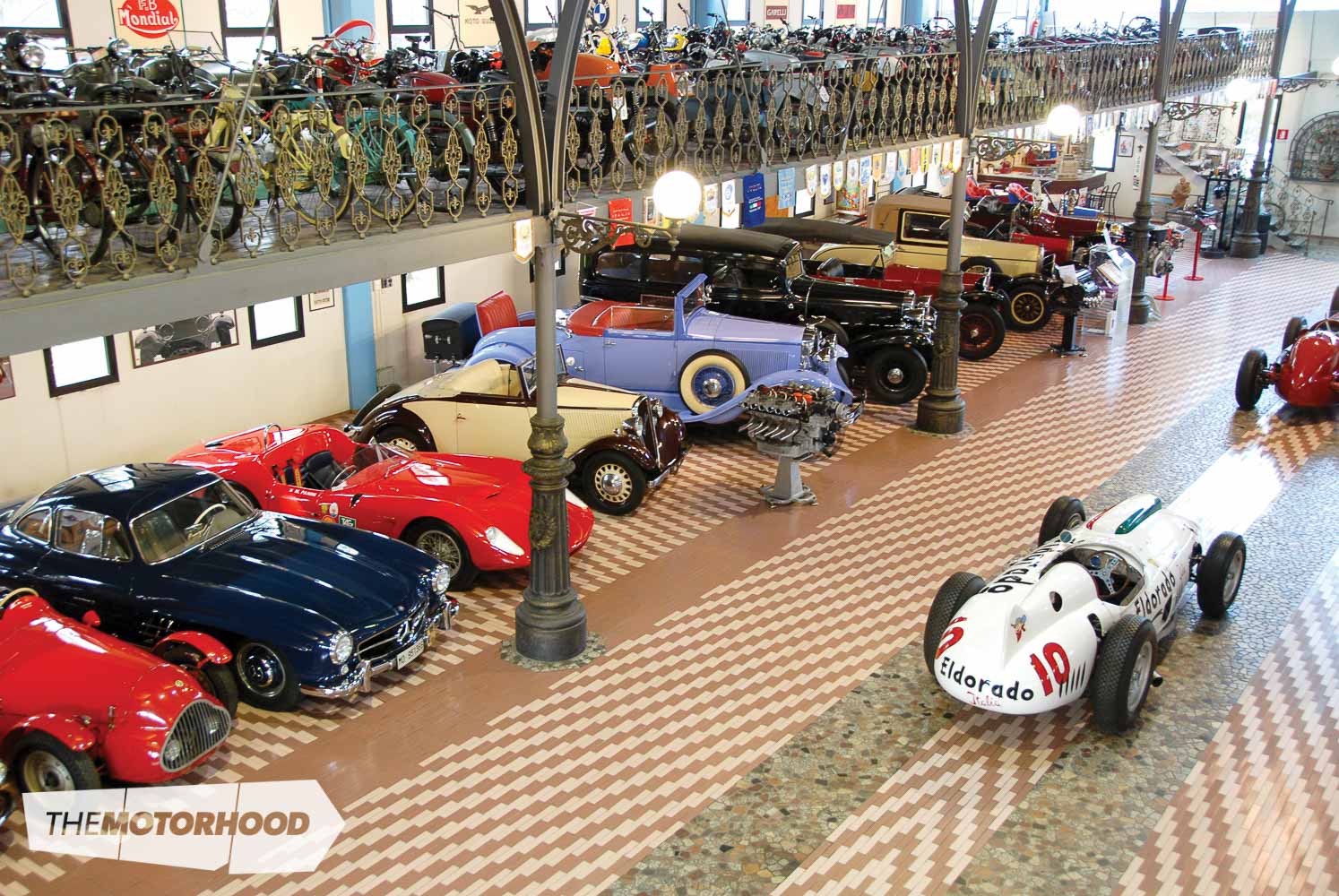
Historical artifacts
Maserati hasn’t just set up a system to restore and certify classic Maseratis, it has dug out every piece of paper – every design drawing, build record and brochure it’s filed and is scanning them, one by one, in a process that is taking years. Some of these things are huge, they’re up to 100 years old – and, as these historical artifacts are carefully unfurled in temperature- and humidity-controlled rooms, they’re revealing other designs and records rolled up inside them.
Charismatic Maserati press officer Franco Bay says over 100,000 original documents have been uncovered so far – including 55,000 drawings dating from 1926 to 1985, 8000 bills of materials with sketches of the parts and their code numbers, 3000 technical drawing index books with descriptions, 13,000 historical documents based on chassis numbers, 22,000 datasheets — even a letter to a ruling Shah discussing details of the car he’s ordered.
We’re shown a few: a 1:20 scale drawing of a 1963 Maserati Tipo 63 showing the aerodynamic drag coefficients on the body at 210kph, orthogonal views of an A6GCS transmission in full size, the 1:5 technical drawing for the 1954 250F with sections for a wood scale mock-up; these are historic documents but some are also things of beauty, and the process of identifying and scanning each of them has so far taken two years, with many more years to come.
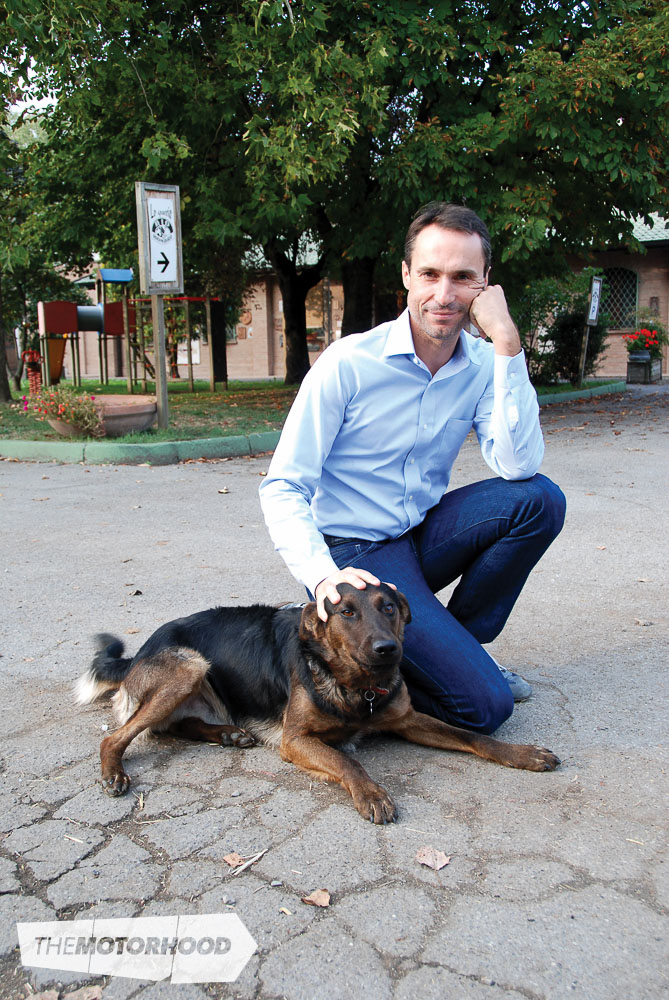
Some time during this process, a bright spark came up with the idea of reproducing some of this priceless documentation, but doing it using the materials in which it was originally created. So, a design drawing will be faithfully copied onto the same paper as the original, in every respect identical bar a tiny spoiler printed somewhere upon it to prevent the unscrupulous from selling it on. The owner of a classic Maser, or someone like me who’ll never afford it but would like to, can also buy a boxed set including faithful replicas of the original brochure, the original owner’s manual, build sheets and more, all using the inks, papers and colours they’d originally have appeared in, and all tidied into a designer box to keep them safe.
Franco says, “We wanted to do this now Maserati is on the verge of big growth; three years from now we will have gone from 6000 sales to 50,000, so what better time to look at who we are.” Forget looking at who we are, I’m more interested in the classics.
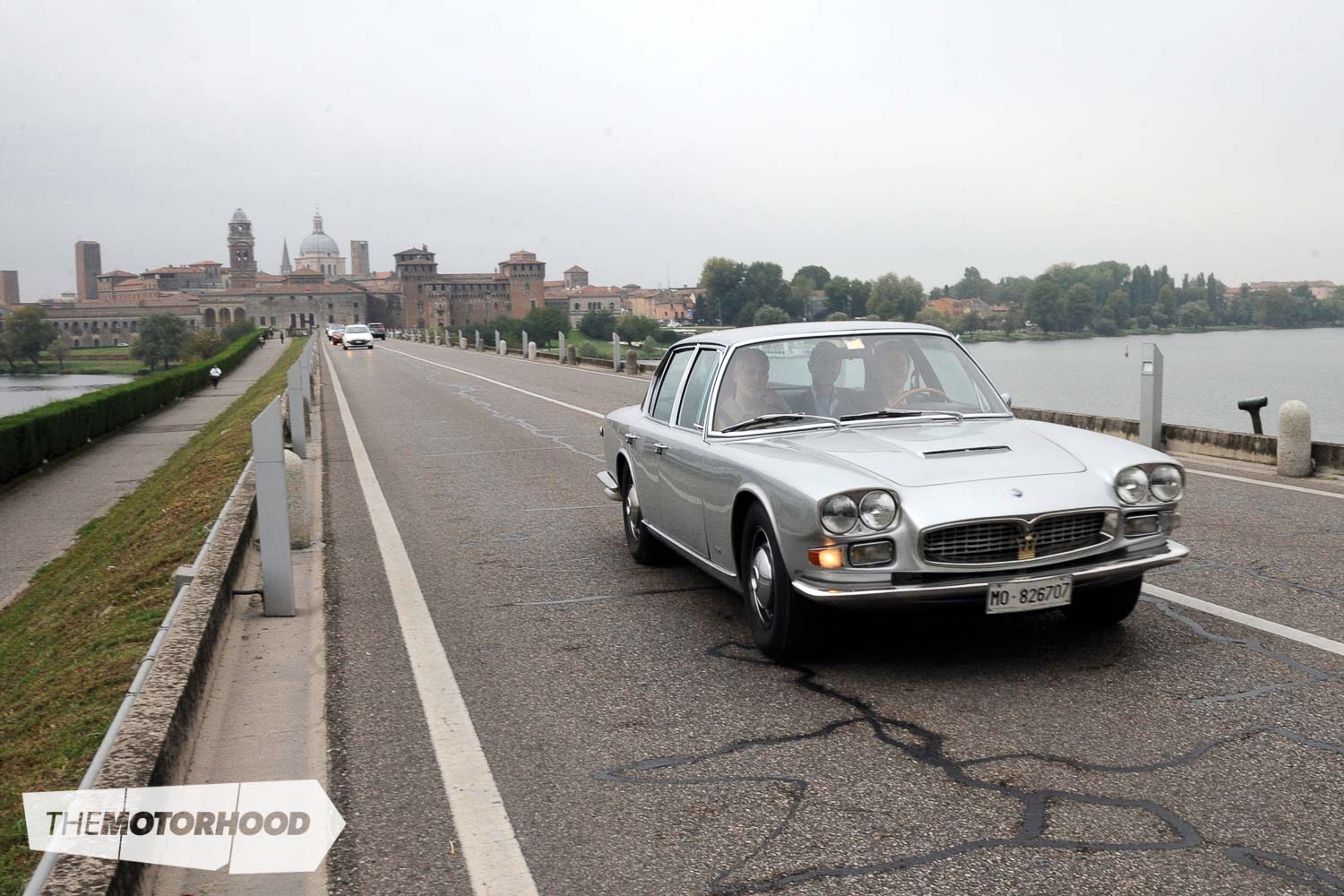
1968 Maserati Quattroporte
My first drive was the 1968 Quattroporte, its high glasshouse looking almost bizarre in modern traffic, and more so alongside the racier stablemates parked alongside it in the shadow of Mantua’s ancient walls.
This car is owned by Maserati, which celebrates the model’s 50th birthday this year. The model was first shown in 1963, developed from a drawing by Pietro Frua and built by Vignale, and arguably the first four-door car designed specifically to eat up the new-fangled motorways at speed – a comfortable 200kph was the boast of the time. That first car got a 4.1-litre V8 engine with 191kW at 5600rpm, a five-speed manual or three-speed auto and a top speed claimed at 230kph.

Some 230 were built before a 1966 overhaul introduced twin headlights, and two years later the 4.7-litre, 220kW engine, the claimed 255kph top speed making this the world’s fastest four-door sedan. Maserati says around 500 were built before production ceased in 1969.
This car had emerged the year before, and fitted four of us in capacious comfort, the engine more mellifluous than expected, the car easier to drive though admittedly, we were cruising back-country lanes trailing the camera car, not attempting to emulate the brand’s 1960s racing heritage in case we shared the fate of ‘Lucky’ Casner, killed when he crashed a Maserati during testing for Le Mans in 1965.
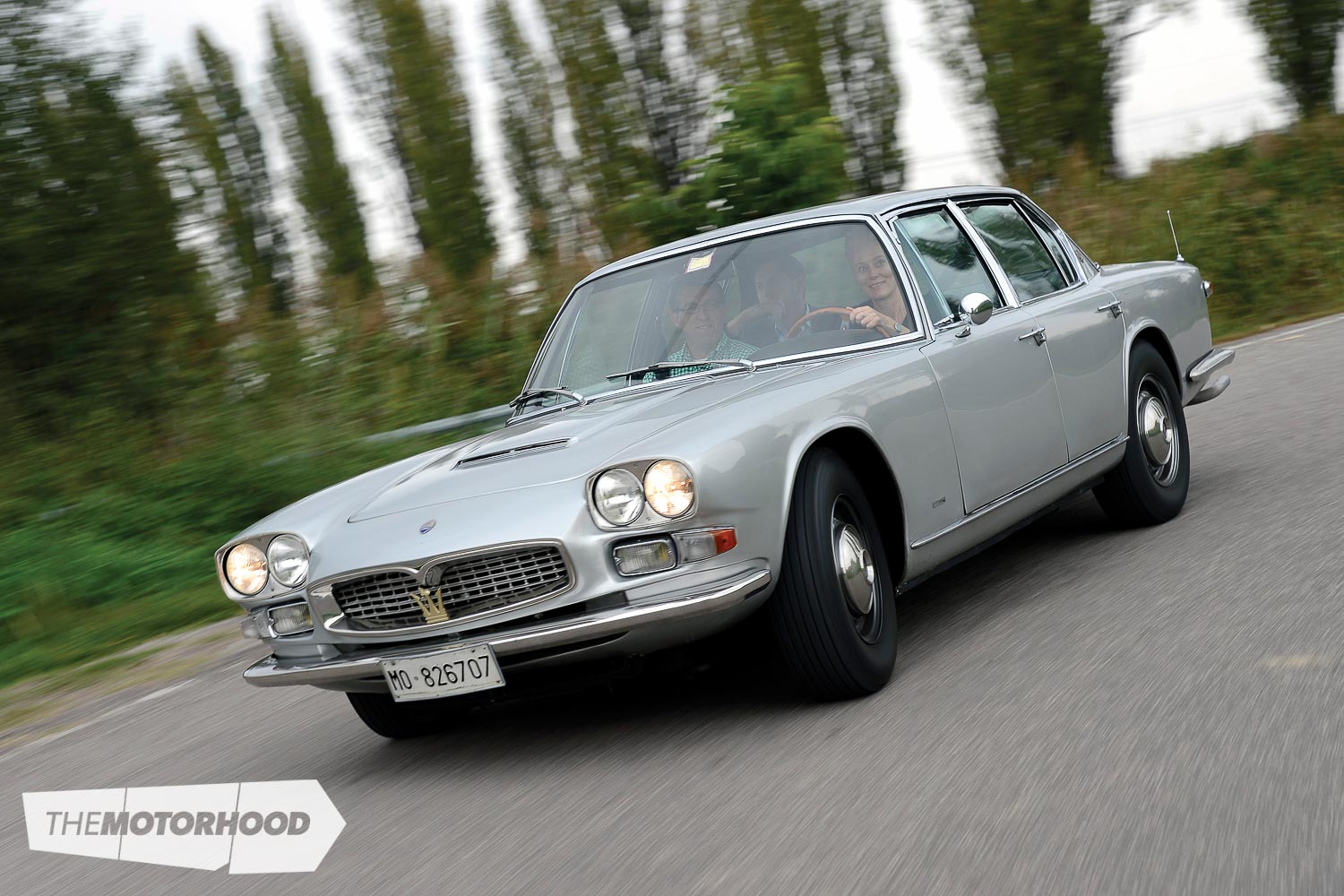
I love the casual lack of precision of these old cars compared to even today’s bread-and-butter runabouts; the feeling that the pedal under your throttle foot is connected directly to that thoroughbred V8 and not diluted via electronic this-and-thats; the feeling of craftsmanship that oozes from the leather seats with their easy patina, the wide hoop of the wheel and the unavoidable creaks and rattles as we carve through the Lombardy countryside; the Euro writers crammed in the other seats dismissive of some of these cars for their lived-in patina earned after decades of use on Italy’s roads: philistines.
But I’m not a fan of concours cars, and though relieved this introduction was made without a flinty-eyed owner in the passenger seat, I’m hanging out for the rare Vignale, the Mistral, or my own personal favourite, the mighty golden Ghibli.
This article originally appeared in the May 2013 issue of New Zealand Classic Car. You can pick up a print copy or a digital copy of the magazine below:
